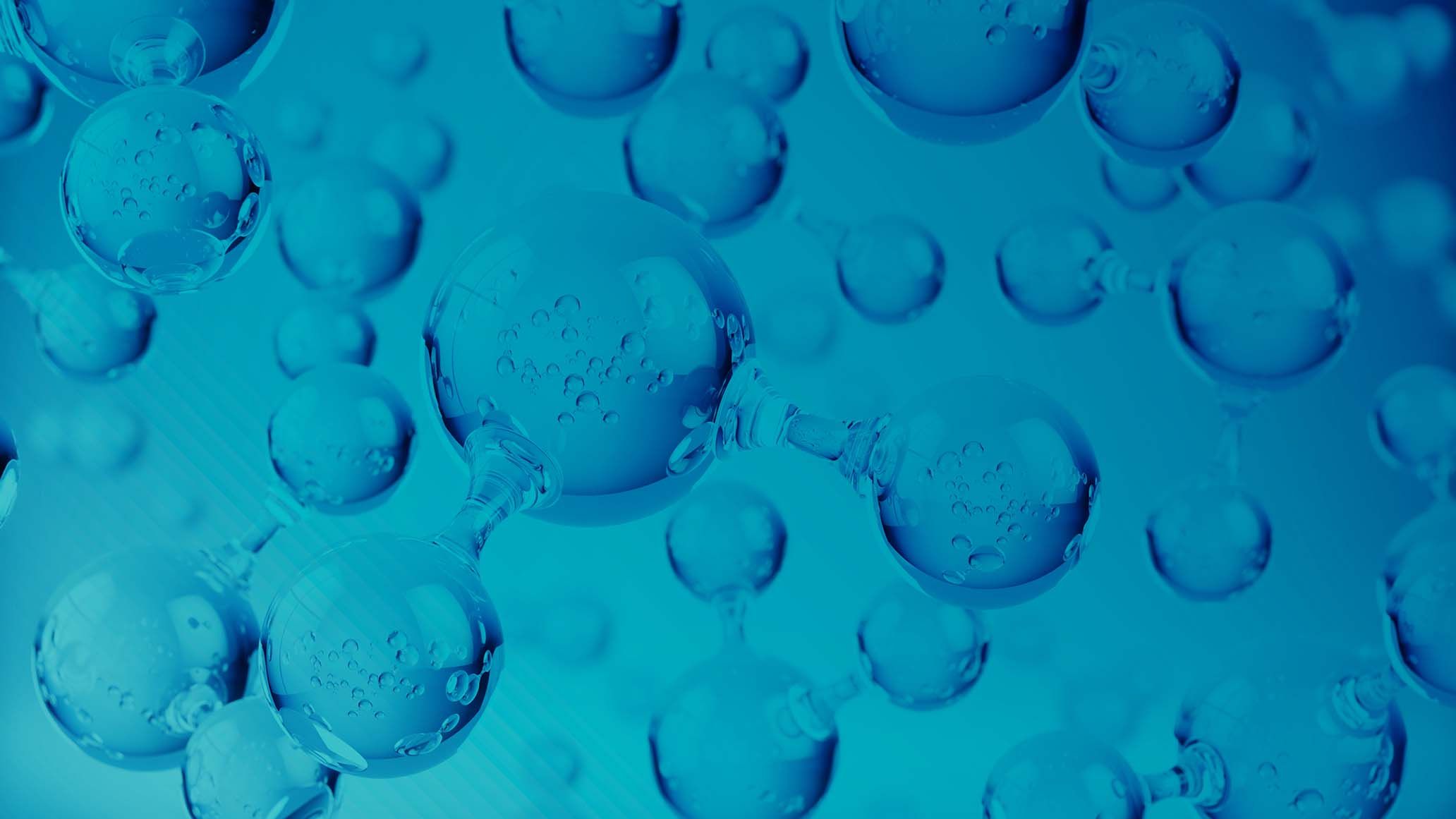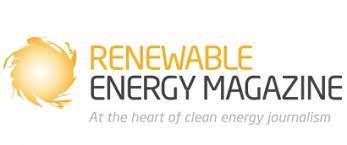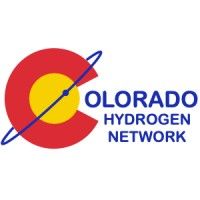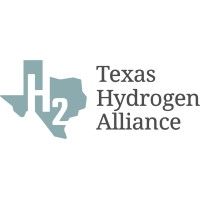Norwegian Center for International Climate Research study reveals how leaked hydrogen contributes to climate change

A study conducted by CICERO – the Norway-based Center for International Climate Research – and funded by the Research Council of Norway has concluded that the global warming effect of leaked hydrogen is nearly 12x stronger than CO2. The open-access paper, titled “A multi-model assessment of the Global Warming Potential of hydrogen” can be found in “Nature Communications Earth & Environment”.
Leading the study was Dr Maria Sand, a senior scientist at CICERO, with support from additional collaborators in the UK, France and the USA.
“We used five different atmospheric chemistry models and investigated changes in atmospheric methane, ozone and stratospheric water vapor,” explained Dr Maria Sand, senior scientist, CICERO. “Hydrogen interacts with various biogeochemical processes. In our estimates, we have included soil uptake, photochemical production of hydrogen, the lifetimes of hydrogen and methane, and the interactions between hydrogen and methane.”
Despite the effects of leaking hydrogen causing climate change being a relatively under-researched area, the team’s findings were backed up by several other single model studies which confirm the estimated global warming potential (GWP100) of 11.6.
Leaked hydrogen is created by production, transportation and usage of the gas, and whilst it is not a greenhouse gas (GHG), chemical reactions in the atmosphere affect GHGs including methane, ozone and stratospheric water vapor. It is this that contributes towards global warming.
The CICERO study is claimed to be the most comprehensive assessment of the climate effect of hydrogen to date.
“A global warming potential of 11.6 is significant, and our study clearly shows the importance of reducing hydrogen leaks,” added Sand. “We lack the technology to monitor and detect hydrogen leaks at the scale needed, but new technology is being developed as the industry adapts.”
The open-access paper can be found in its entirety here: 10.1038/s43247-023-00857-8



)
)
)
)
)
)
)
)


)
)
)
)
)
)
)
)
)
)
)

)
)
)
)
)
)
)
)
)

)
)
)
)
)
)
)

)
)
)
)
)

)
)

)
)
)
)
)
)
)
)

)
)
)
)
)
)
)

)
)

)
)
)
)
)
)
)
)


)
)
